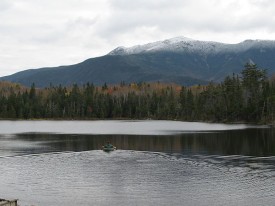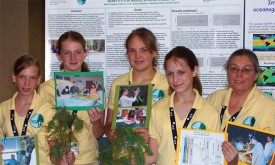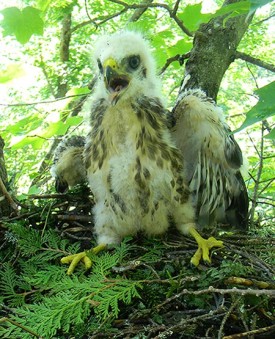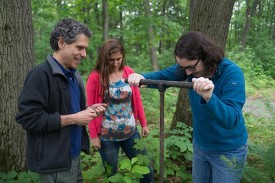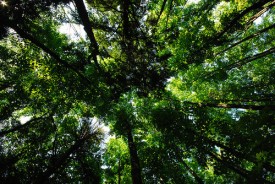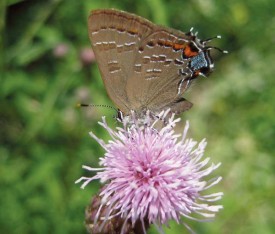The Clean Air Act, passed more than 40 years ago, continues to provide positive outcomes. The latest good news comes from a University of New Hampshire environmental scientist who reports that…
Discoveries
The Case for Snow
Trees sequester carbon from the atmosphere and play a key role in mitigating the effects of climate change. But a study by researchers at Dartmouth College found that from a climate…
Seasons are Shifting
It may be tough to believe after this past year, but it appears that winters are getting shorter and shorter. By studying the growth cycle of vegetation at daily intervals, a team of British…
Pining for Clean Air
Since 2010, many white pine trees in northern New England have become infected with one of several fungal diseases that have caused yellow and brown discoloration of one year old needles,…
Deer Density Dilemma
When Maine zoned two percent of the northern part of the state as deer wintering areas in the 1970s, its goal was to provide habitat that would increase deer density to 10 animals per square…
Green Building
The materials that birds use to build their nests vary widely between species, from twigs and grasses to mud and even their own saliva. Hawks typically use coarse, dry branches and twigs as…
Chronic Wasting
In northern states, where deep snowpack causes deer to spend much of the winter under the dense canopy of evergreen stands, the animals’ nitrogen-rich waste may be making the soil less…
Aerial Tricks
Satellites are commonly used to monitor large-scale environmental changes, and airplanes are often used to get a clearer picture of the overall health of particular forests. Now, a plant…
Conflicting Carbon Conclusion
Most New Englanders would agree that one way to reduce our environmental impact is to reduce our use of fossil fuels. And most would also agree that switching to wood is a step in the right…
Surveillance for Survival
For more than a dozen years Ken Schmidt has been studying how animals eavesdrop on one another. The Texas Tech University professor said that one of his study subjects, the veery, changes its…
Temperature and Timing
The scientific process is a long and complex trail that sometimes leads to dead-ends and conflicting results before clear conclusions can be drawn. Throw in a dose of climate change to muddy…
Adelgid vs. Scale
When the hemlock wooly adelgid, an invasive pest that sucks the life out of eastern hemlock trees, made its appearance in New England forests in the 1970s and 80s, many forestry experts…
Nemus Power and Light
Trees capture sunlight to produce chemical energy, and they may soon be teaming up with the sun to produce electricity, as well. A team of researchers at Georgia Institute of Technology and…
On Birds and Windmills
For those concerned about climate change, renewable energy development is a nobrainer. And the breezy mountaintops of New England, far from human population centers, appear to be ideal…
Butterflies Take Note Before Taking Flight
Climate change is affecting a wide range of wildlife, from plants and bees to birds and trees. A new study led by biologists at Boston University adds butterflies to the list, finding that…
Soil: Can It Take the Heat?
Soils throughout the world store more carbon, in the form of organic matter, than all of the vegetation and atmosphere combined. Microorganisms in the soil – bacteria, fungi, protozoa,…
A Rugged Pair of Genes
A project to map the genes of spruce and pine trees has revealed that the genome of conifers has remained pretty much the same for more than 100 million years. This stability explains why…
More Buzz on Pesticides and Bees
The widespread decline of both wild and managed bee populations has raised alarms for more than a decade due to the importance of bees as pollinators of both agricultural crops and wild…
Interiors: Disappearing Fast in a Forest Near You
Inventories often report that forested lands across the U.S. and elsewhere are declining, but those studies simply look at the total deforested area. A new analysis of forests in the lower 48…
Doing Nothing For Forest Recovery
When a stand of trees is blown down in a storm, the typical practice is to salvage as many saleable trees as possible. But a 20- year study in the Harvard Forest found that if you are just…


